Power Consumption
Idle power consumption on 120V power we saw around 15W idle. We generally assume these nodes will use 9-12W idle so this was directly in the range we would expect. Again, we do see power consumption creep slightly higher over time if dust accumulates in the fan/ heatsink and we had a new unit here. Still directionally this is where we would expect.
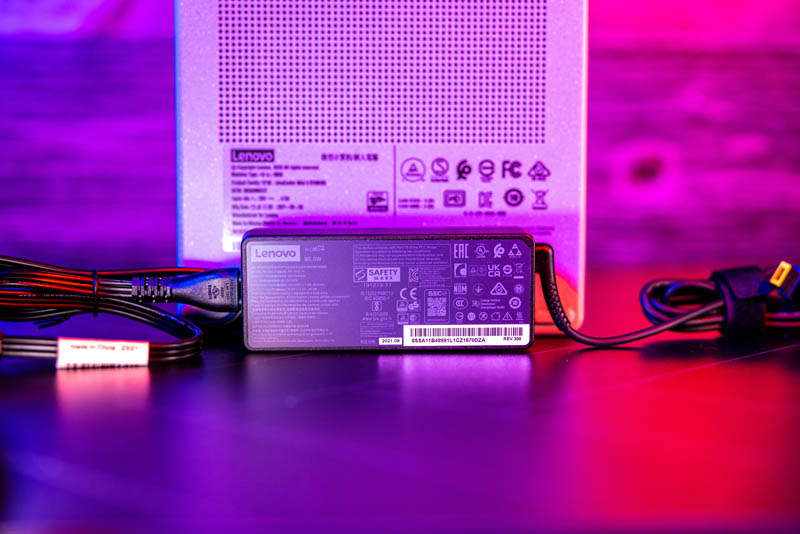
The power supply for this unit is a 90W Lenovo power adapter from the company’s notebook line. As you would expect, you can use the adapters from the company’s notebooks with this machine. Something that was very interesting here was that when we ran higher-end AVX2 workloads we were able to get the power consumption to spike to around 75W. This is a big deal since it means that the 65W PSUs we saw a few generations ago for these 1L 35W machines are no longer useful with the top-end 35W TDP parts. 90W is needed here.
At idle, the system is not silent, but it is very quiet if working from 1M away. It stays fairly quiet under light loads and takes a fairly significant load to get the fans to spin up. Lenovo did a good job here.
Key Lesson Learned for TMM
In this series, we wanted to also focus on some key lessons learned. Since we have already tested well over a dozen different models, we are taking away key pieces of advice from each that we wanted to share.
Here the Lenovo IdeaCentre Mini 5i was actually a really attractive price on Black Friday. There is a forum thread on these and they have gotten a bit more expensive, but you can see that for $545.02 we got a lot of machine.
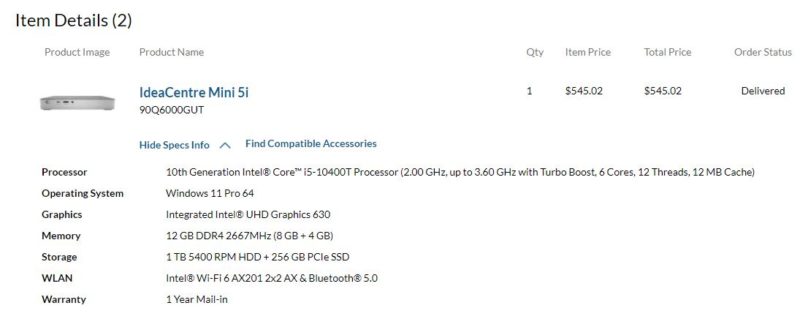
Lenovo has a number of offerings with various coupons and discounts. Most of the other units are a far worse deal. For example, before discounts, the Core i5 version we have was about $110 more than the lower-end version.
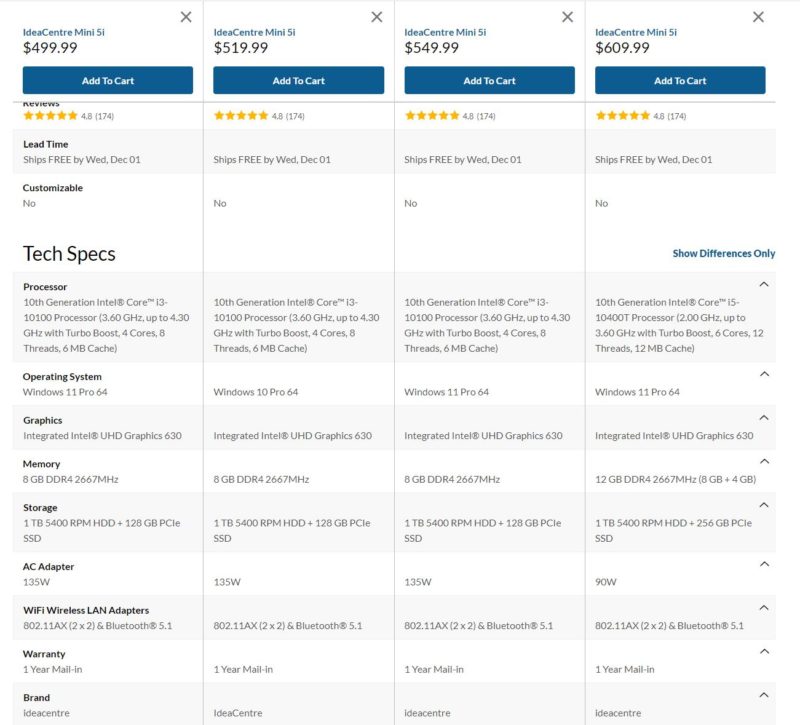
For that $110 one gets twice the SSD space, 4GB more memory, and two additional cores/ four additional threads. That is a deal worth taking almost any time it comes up.
It is also a much better option from a value perspective than the ThinkCentre M80q Tiny we purchased based on having more memory and storage while only stepping down a bit on clock speed and a few USB port speeds. One also does not get vPro on the IdeaCentre since it is more of a consumer-style product.
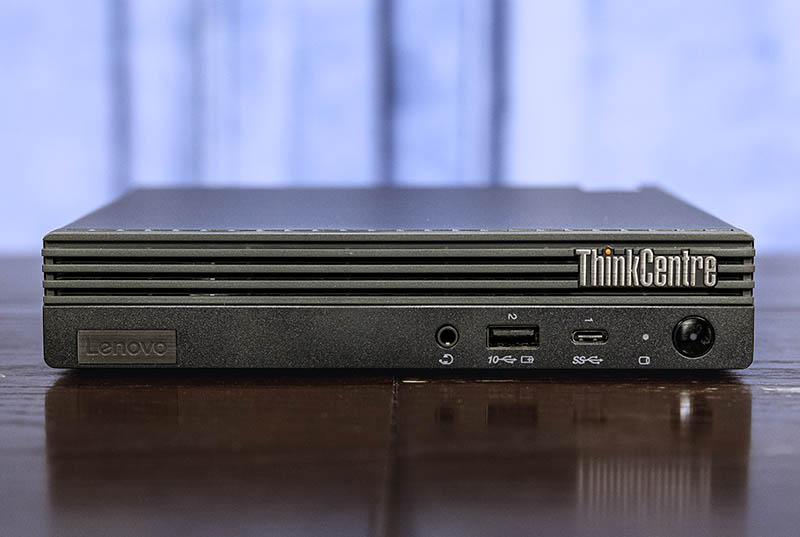
Prices have changed a lot over the past few months, as the chip shortage has worsened so pricing may be different now. However, this is a great example of where the pricing we saw, after discounts, on the Lenovo.com website showed smaller deltas than one may expect. The pricing has changed constantly over the past week or so as we have been preparing this piece.
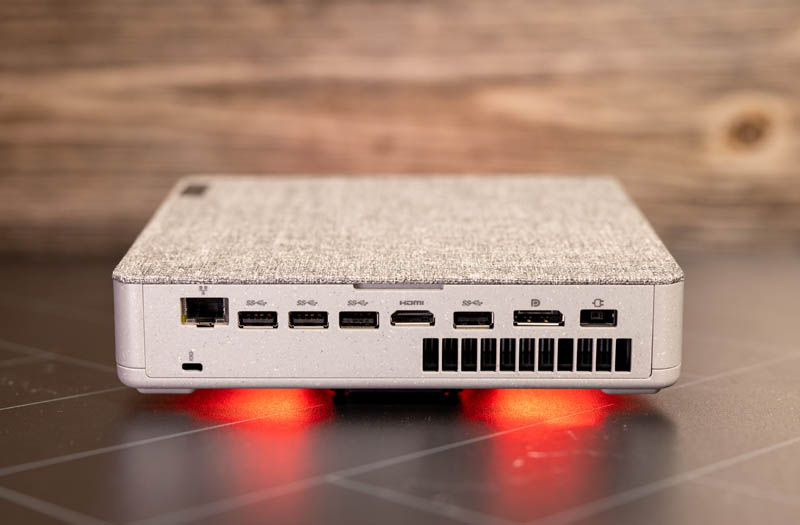
This is one system where the top-end configuration was a great deal, became a good deal, and swapped between them constantly.
Final Words
Before publishing this review, we noticed that not a lot of folks talk about the fact that these are basically the Lenovo ThinkCentre Tiny’s with a new shell. Hopefully, our hardware overview shed some light on that.
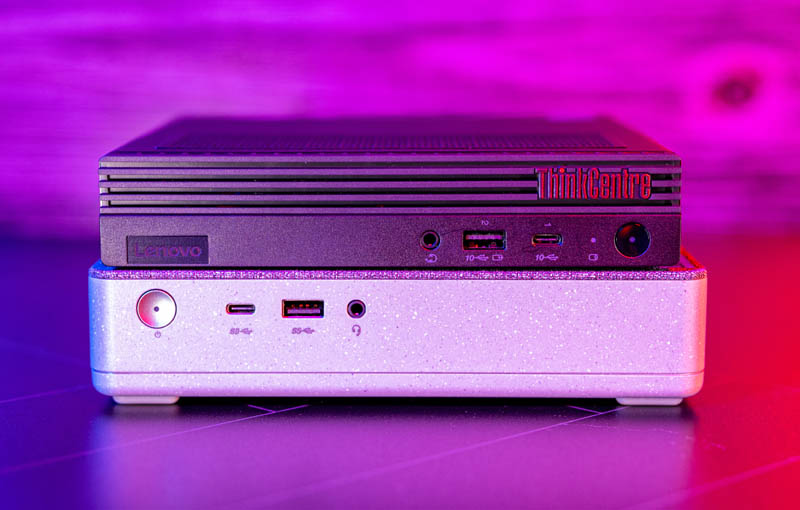
At the same time, we are not certain this is a great change. There is still an internal metal chassis but it is covered in plastic and fabric to perhaps look better. Aesthetics aside, it was still a great value, but we wish that Lenovo simply painted the ThinkCentre chassis to signify it is a different market. Serviceability went down considerably from class-leading to one of the worst 1L PCs we have looked at in over three dozen reviews for Project TinyMiniMicro.
This is certainly a system with some great positives along the value front, but also some challenges made by making it look more attractive or part of a different segment. Even many professional reviewers seem to have been fooled by flipping the system upside down, so perhaps Lenovo accomplished its goal. Still, if one can get a good deal on these, the Lenovo IdeaCentre Mini 5i is an exceptional value.

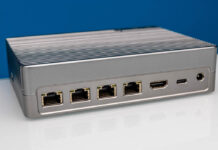
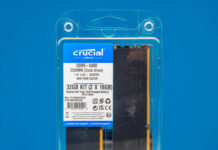
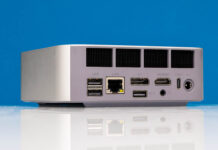
I really wonder what led them to flipping the design they derived it from upside down.
I understand that good, honest, black sheet metal doesn’t go over very well with the sort of people who don’t automatically feel warmer and fuzzier about a computer if it has rack ears and a serial port; but would there have been anything stopping them from adding a harder-to-service plastic and fabric shell with the motherboard in the same orientation?
It’s not like it makes an enormous difference, that’s not the sort of heatsink that is going to rip itself free under the influence of gravity or anything; it just seems like a strange choice to make when there is no obvious difference one way or the other.
You should have noted that running non-power of 2 RAM capacities is quite bad for performance on modern chips. This seems quite common nowadays, for some cost reason.
From my understanding, Core 2 era chips had some capability of running dual channel on mismatched memory module capacity but this is not the case from “Nehalem” forward.
You will loose dual-channel and performance on memory intensive loads will crash. As will iGPU performance.